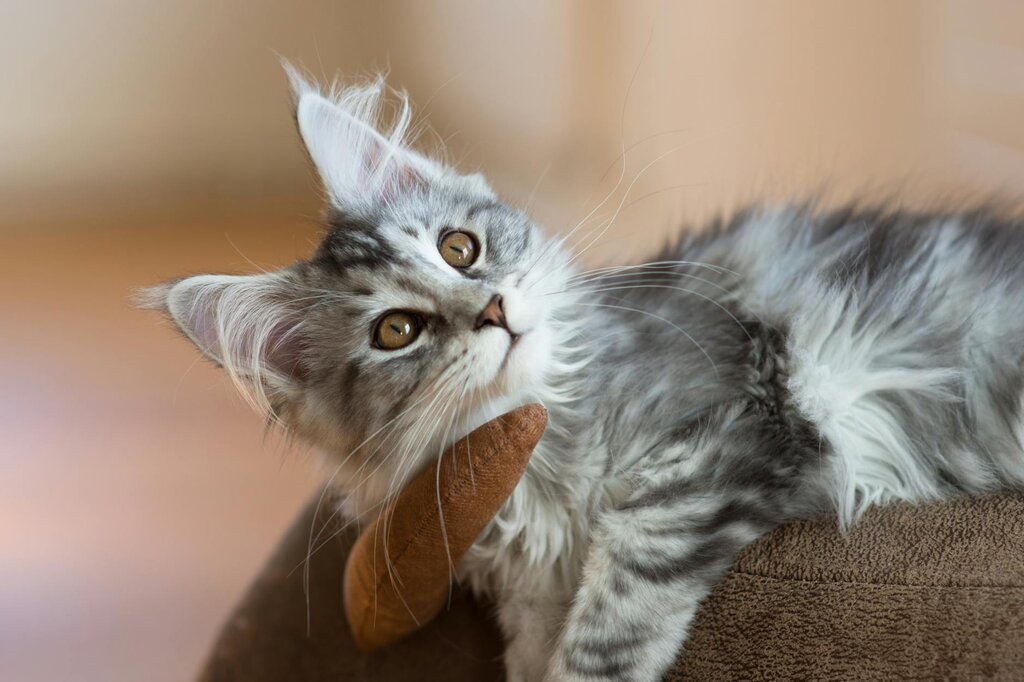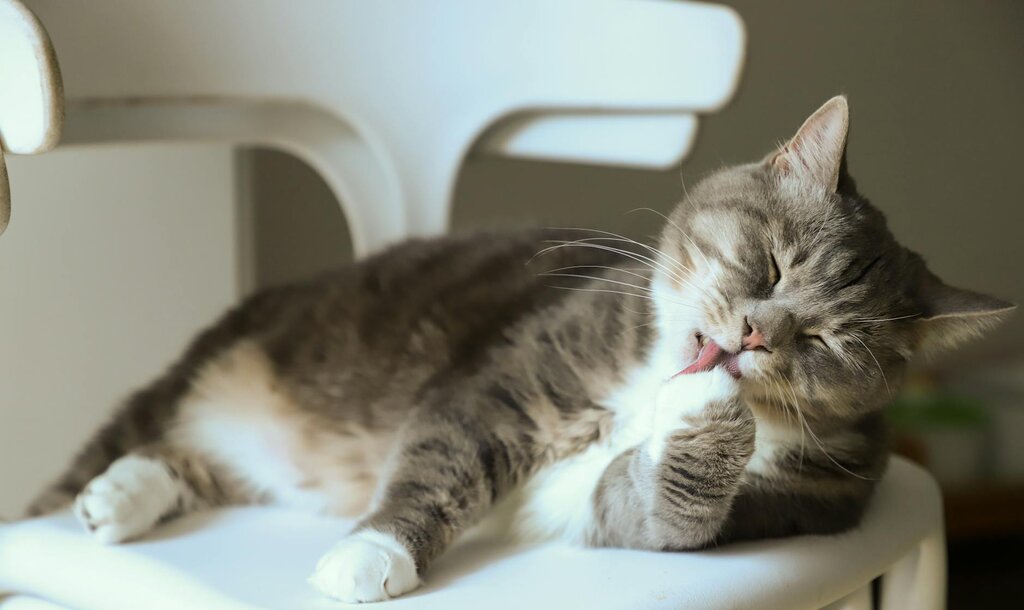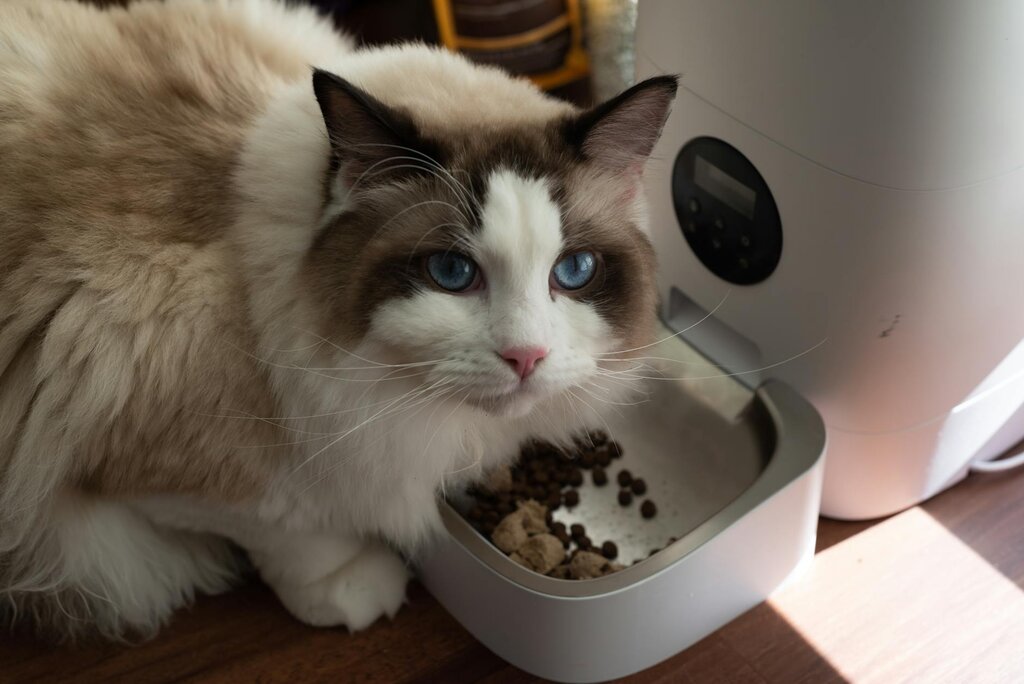Hairballs aren't ideal, which means there may be an underlying cause. There are a number of reasons why your kitty might be experiencing hairballs:
1. Increased Hair Shedding Hairballs are much more common in springtime, when your cat begins to shed their winter coat and groom themselves more as the weather heats up. Cats with long hair are likewise more likely to suffer from hairballs.
2. Skin Issues. Kitties with itchy or dry skin may also suffer from furballs. This occurs because of two factors: firstly, itchy cats tend to lick excessively at their skin, which increases the volume of fur swallowed. Secondly, dry or dull fur secondary to skin issues may shed more, and is more likely to form a clump rather than pass smoothly. Skin issues that are common in cats that may lead to hairballs include fleas, food allergies, and environmental allergies.
3. Digestive Issues. A sensitive stomach can also make your cat more prone to hairballs, as poor digestion can lead to impeded passing of ingesta. Plus, cats who vomit frequently due to other causes might be less able to tolerate fur in their belly.
4. Stress and Anxiety. Some people bite their nails or grind their teeth when they're anxious so it's no surprise that cats may also exhibit certain behaviours when anxious or stressed. Increased grooming is a common sign of anxiety which may not only contribute to hairball formation but can also cause bald patches and sores.
The following tips will help you to understand the origin of your cat's hairball problem and ways to reduce its severity by addressing factors such as diet, grooming and mental health.




